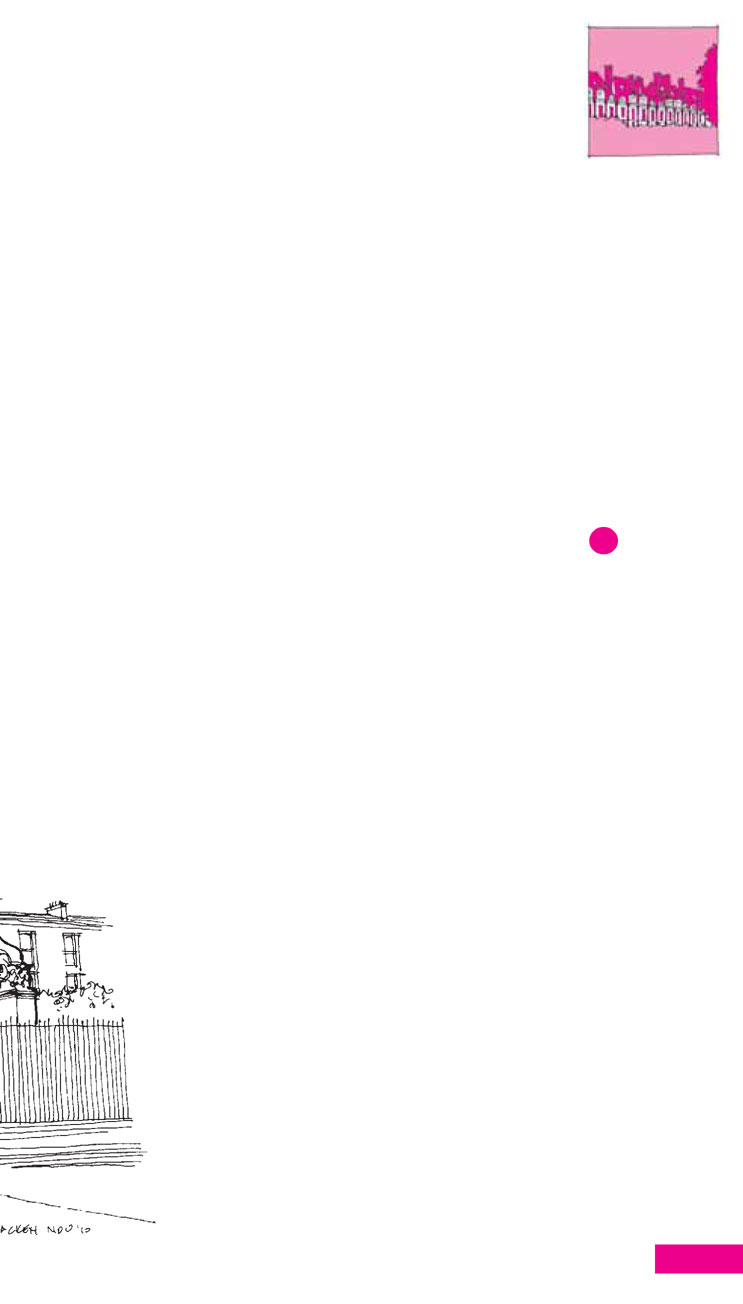This museum contains the largest collection of Picassos in the world. Currently undergoing extensive renovations, it is scheduled to re-open in 2012. Every period of Picasso’s work is represented, including Blue, Pink and Cubism. Arranged in mainly chronological order, the collection starts on the first
floor with the Blue and Pink periods, as well as Cubist and Neoclassical works. Exhibitions change regularly and not all paintings are on show at any given time. The ground floor also contains a sculpture garden containing Picasso’s work from the late 1920s to the outbreak of World War II, as well as from the mid-1950s to the artist’s death. Some of the highlights include the 1901 Self-Portrait, Two Women Running on the Beach from 1922, and The Kiss from 1969.
Musée Picasso
Musée de la Chasse et de la Nature
11
Leave the Musée Picasso and turn right onto rue Thorigny and then right again onto rue de la Perle. The Hôtel de Rohan will be on your left at the junction with rue Vieille-du-Temple. This charming town house was built by architect Pierre-Alexis Delamair, who also designed the nearby Hôtel de Soubise at the same time. Built for Armand de Rohan-Soubise, a cardinal as well as Bishop of Strasbourg, the hotel’s interior was drastically altered in the 19th century. It has been a part of the National Archives since 1927. In the courtyard, a doorway leading to the old stables features a Robert Le Lorrain sculpture of the Horses of Apollo which dates from the 18th century.
With the Hôtel de Rohan on your left, walk back up rue Vieille-du-Temple and turn left onto rue des Quatre Fils. Turn right onto rue des Archives and the Musée de la Chasse et de la Nature will be on your right at No. 60.
Also known as the Hôtel Guénégaud, this gorgeous mansion was built for
Secretary of State Henri de Guénégaud des Brosses by François Mansart
in the mid-17th century. One wing of it is now home to the Musée de
la Chasse et de la Nature (Museum of Hunting and Nature) which was
inaugurated by André Malraux in 1967. Exhibits include a collection of
hunting weapons dating from the 16th to the 19th centuries. There are
also a number of hunting-related drawings and paintings including a
rather fine Rubens, Diane and her Nymphs Preparing to Hunt, and a
Rembrandt. The nature part of the museum is full of decorative artwork
relating to man’s relationship to his environment.
Hôtel de Rohan
Open for temporary exhibitions only
Tel: 01. 40 27 60 09
Le Marais
41

